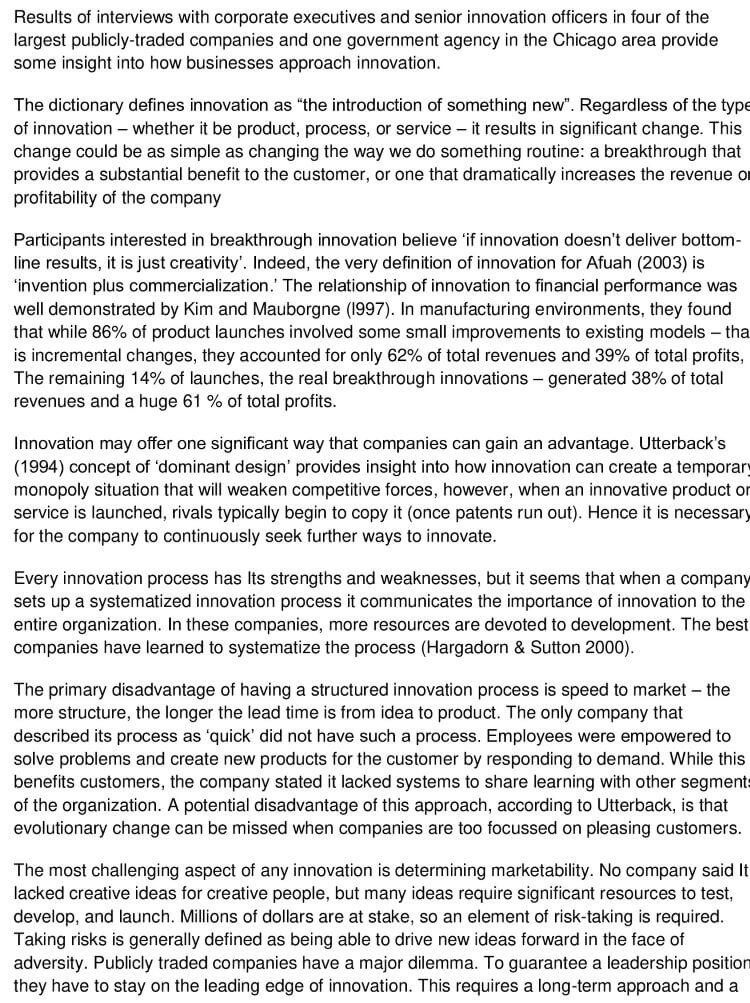This article provides a comprehensive analysis of “A Comparative Study of Innovation Practices in Business,” a common IELTS reading passage. We’ll delve into the answers, providing detailed explanations and locations within the text to help you understand the logic behind each correct response. This analysis aims to enhance your comprehension skills and improve your performance on the IELTS reading section.
Understanding Innovation Theories
The passage presents various theories on innovation from leading experts. Let’s examine how these theories are applied to answer questions 1-7.
Matching Experts to Theories (Questions 1-7)
This section requires matching specific innovation theories to the experts who proposed them. The answers and their corresponding locations in the passage are:
- 1. Answer: C (Utterback) – Paragraph 4 discusses Utterback’s concept of “dominant design,” highlighting the temporary nature of innovative advantages and the need for continuous innovation.
- 2. Answer: D (Hargadon and Sutton) – The last line of Paragraph 9 emphasizes the importance of teamwork in nurturing and sharing innovative ideas within an organization.
- 3. Answer: E (Kahn and Hirshhorn) – Paragraph 11 explains how a culture that tolerates failure fosters a sense of safety and encourages risk-taking, leading to increased creativity.
- 4. Answer: B (Kim and Mauborgne) – Paragraph 3 presents Kim and Mauborgne’s research demonstrating the higher financial returns generated by radical innovations compared to incremental changes.
- 5. Answer: D (Hargadon and Sutton) – Paragraph 5 highlights the correlation between a structured approach to innovation and business success, citing Hargadon and Sutton’s research.
- 6. Answer: A (Afuah) – Paragraph 3 defines Afuah’s concept of innovation as “invention plus commercialization,” emphasizing the importance of combining new ideas with business potential.
- 7. Answer: C (Utterback) – Paragraph 6 warns that focusing solely on customer needs can lead companies to overlook broader evolutionary changes, as suggested by Utterback.
Applying Innovation Concepts
Questions 8-14 focus on applying the concepts discussed in the passage to specific scenarios.
Completing Sentences with Correct Endings (Questions 8-14)
This section requires selecting the appropriate ending to complete sentences related to innovation challenges and strategies.
- 8. Answer: E – Paragraph 7 discusses the significant resources and time required to develop and launch new ideas, implying a potentially lengthy period between concept and launch.
- 9. Answer: G – Paragraph 7 identifies determining marketability as the most challenging aspect of innovation, highlighting the difficulty in assessing the saleability of future products.
- 10. Answer: B – Paragraph 7 explains the dilemma faced by publicly traded companies needing to invest in long-term innovation while facing pressure for short-term results.
- 11. Answer: I – While not directly stated, Paragraph 3’s discussion of incremental vs. radical innovation implies the importance of a supportive manufacturing environment for successful product launches. This answer requires inference based on the context.
- 12. Answer: C – Paragraph 7, in conjunction with earlier paragraphs, suggests that empowering employees to take risks and drive new ideas can be a cost-effective way to achieve innovation. This answer requires synthesizing information from multiple paragraphs.
- 13. Answer: H – Paragraph 6 discusses the potential drawback of focusing solely on customer demand, suggesting that companies should invest more in analyzing broader market trends.
- 14. Answer: F – Paragraph 12 explicitly states that a low tolerance for risk among employees and committees hinders innovation.
Conclusion
This detailed analysis of “A Comparative Study of Innovation Practices in Business” provides valuable insights into the key concepts of innovation and their practical applications. Understanding the logic behind each answer is crucial for improving your reading comprehension and achieving a higher score on the IELTS reading test. By carefully examining the passage and applying critical thinking skills, you can effectively navigate complex texts and answer questions accurately.

